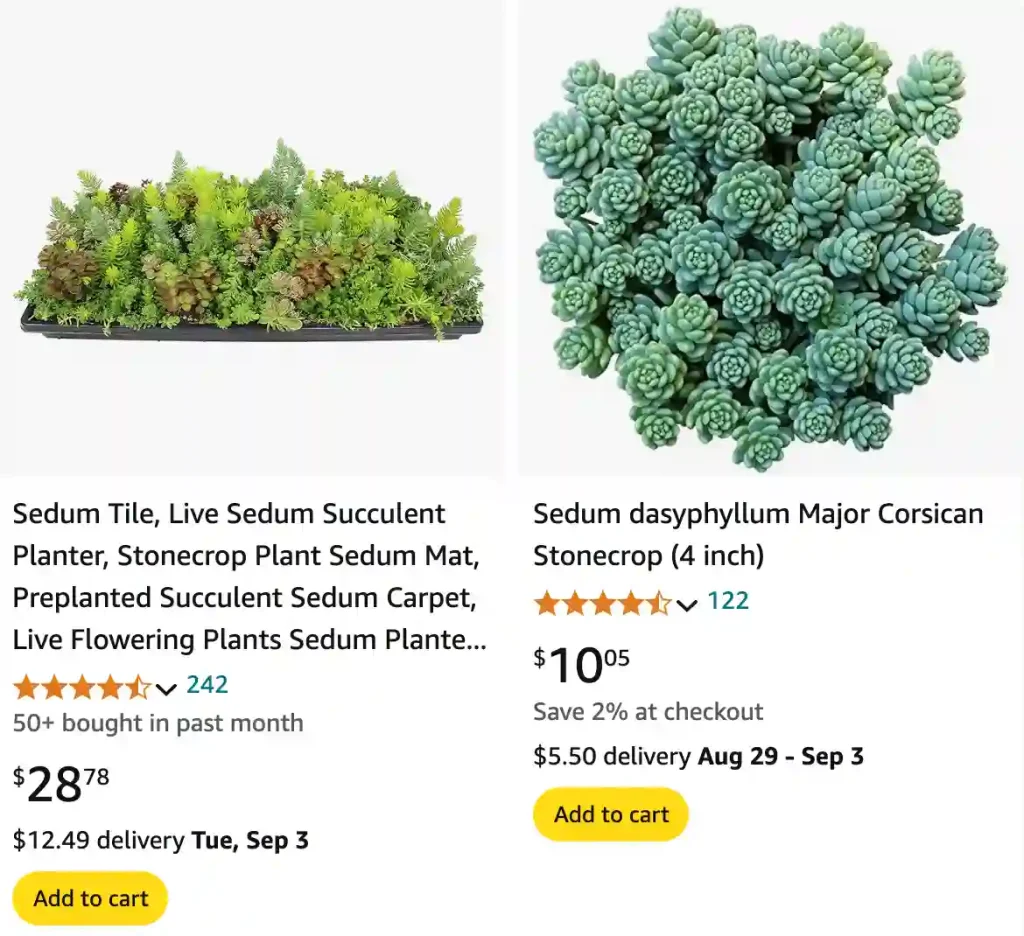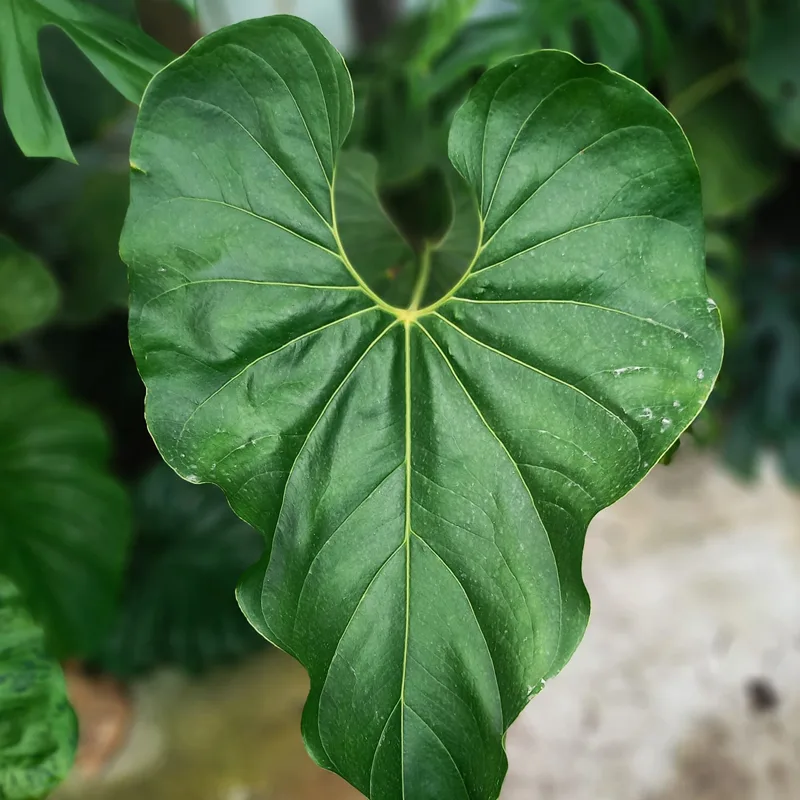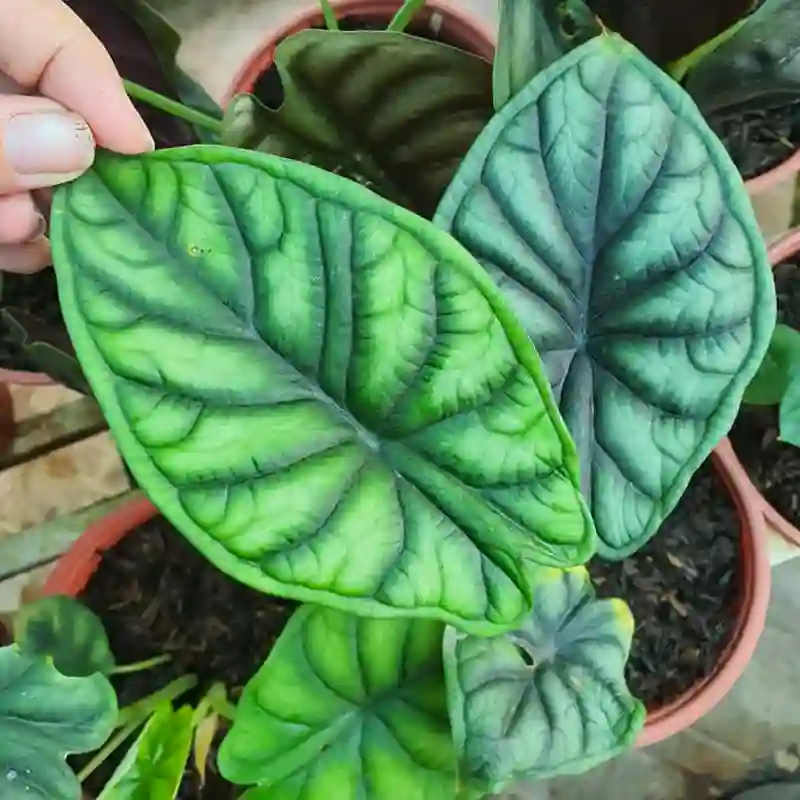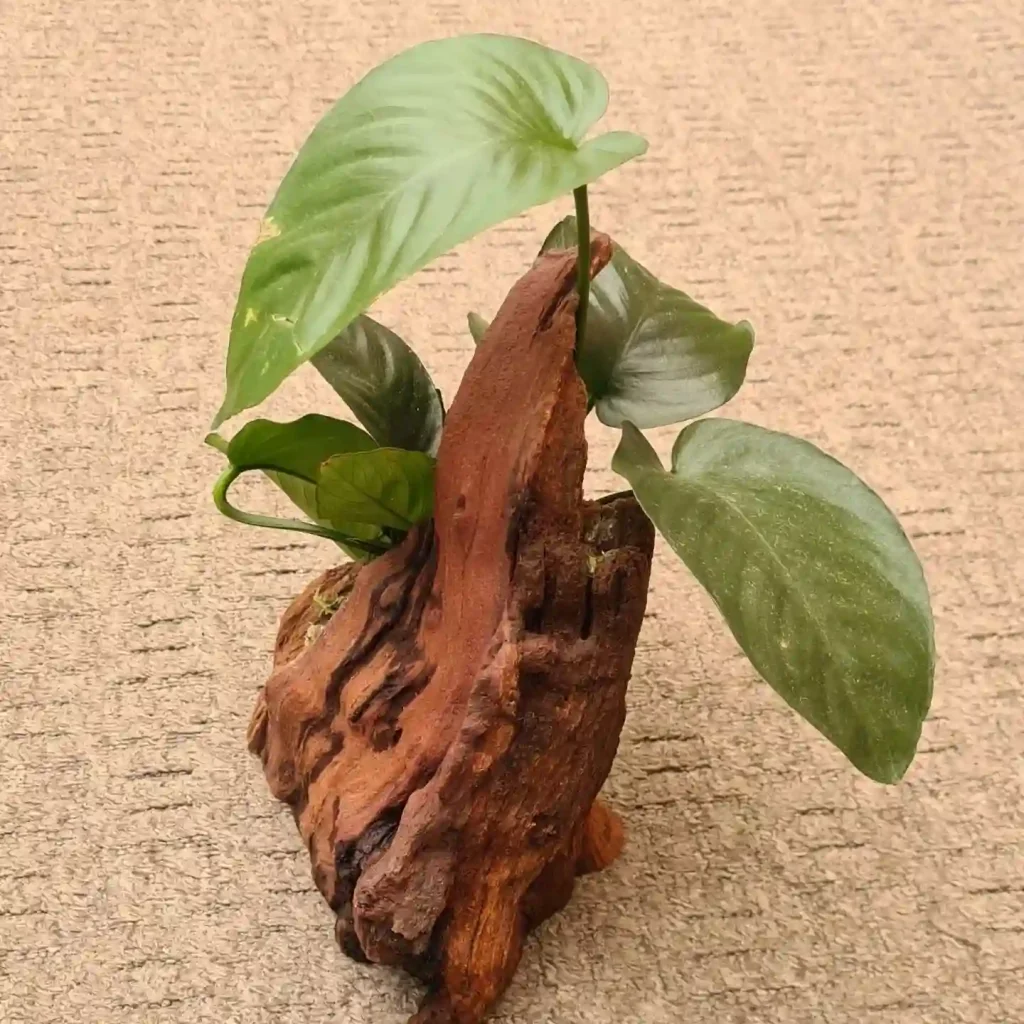
What Is Stonecrop?
Stonecrop, also known as Sedum, is a genus of succulent plants renowned for its hardy nature and vibrant, fleshy leaves. These plants are popular in gardens for their low-maintenance requirements and ability to thrive in various conditions. Stonecrop is especially valued for its drought resistance, making it an ideal choice for xeriscaping or low-water gardens.
How to Care for Stonecrop
Caring for Stonecrop is relatively straightforward. Here are a few tips:
- Sunlight: Stonecrop prefers full sun but can tolerate partial shade. A location that receives at least six hours of direct sunlight a day is ideal.
- Soil: These plants thrive in well-drained soil. A mix of sand, gravel, and organic matter works best. Avoid heavy, clayey soils as they can lead to root rot.
- Watering: Stonecrop is drought-tolerant, so you should water sparingly. Allow the soil to dry out completely between waterings. Overwatering can lead to root issues.
- Fertilization: Stonecrop doesn’t require frequent feeding. A light application of a balanced fertilizer once a year in spring is usually sufficient.
When to Plant Stonecrop
The best time to plant Stonecrop is in the spring or early summer. This allows the plant to establish its roots before the colder months. You can also plant in the fall, but make sure the plants have enough time to settle in before the frost.
Where to Plant Stonecrop
Stonecrop is versatile and can be planted in various settings:
- Garden Beds: It works well in mixed borders or rock gardens.
- Containers: Ideal for pots, especially in decorative arrangements.
- Ground Cover: Excellent for creating low-maintenance ground cover in sunny areas.
How to Propagate Stonecrop
Propagating Stonecrop is easy and can be done through several methods:
- Cuttings: Take a stem cutting of about 4-6 inches. Allow the cutting to callous over for a few days before planting it in well-drained soil.
- Offsets: Many Stonecrop varieties produce offsets or small plants around the base. These can be carefully separated and planted individually.
- Seeds: Though less common, Stonecrop can be grown from seeds. Sow them on the surface of the soil and lightly press them in. Keep the soil moist until germination.
How to Divide Stonecrop Sedum
Dividing Stonecrop Sedum is a great way to rejuvenate your plants and expand your garden. Follow these steps:
- Timing: Divide in early spring or late summer.
- Procedure: Gently dig up the entire plant. Use a sharp knife or garden shears to divide the root ball into smaller sections, ensuring each section has some roots and foliage.
- Replanting: Plant the divided sections in their new locations, ensuring they are planted at the same depth as before. Water them well and keep the soil moist until they are established.
Does Stonecrop Spread?
Stonecrop can spread, but it does so slowly. It spreads primarily through offsets and self-seeding. In the right conditions, such as in a garden bed or ground cover, it can gradually fill in and expand, but it is generally not invasive.
Is Stonecrop a Perennial?
Yes, Stonecrop is a perennial plant. It returns year after year, making it a reliable choice for long-term garden interest. Its perennial nature means it will come back each spring, continuing to provide beauty and texture to your garden.
Is Stonecrop Poisonous to Dogs?
Stonecrop is not considered highly toxic to dogs, but ingestion can cause mild gastrointestinal upset. If your dog consumes a large amount, it’s best to consult with a veterinarian. The plant is generally safe for pets but keeping it out of reach is always a good practice.
Stonecrop vs. Sedum
The term “Stonecrop” is often used interchangeably with “Sedum.” However, Sedum is a genus that includes many species, and Stonecrop is a common name for some of these species. They share similar care requirements and characteristics, such as drought tolerance and low maintenance.
Stonecrop vs. Grapsedum
Grapsedum is a hybrid genus, a cross between Sedum and Graptopetalum. It often has more ornamental qualities compared to Stonecrop, including different leaf shapes and colors. While both are succulents, Grapsedum tends to be more compact and colorful.
Stonecrop vs. Jade
Jade plants (Crassula ovata) are also succulents but are quite different from Stonecrop. Jades have a tree-like structure with rounded leaves, while Stonecrop plants typically have flatter, more spread-out leaves. Jade plants often require slightly more water than Stonecrop.
What to Plant with Stonecrop
Stonecrop pairs well with other drought-tolerant plants like:
- Thyme: Offers a similar low-water requirement and complements Stonecrop’s texture.
- Lavender: Both plants thrive in sunny, well-drained soil and have a harmonious appearance.
- Ornamental Grasses: Adds height and movement to the garden, contrasting nicely with the low-growing Stonecrop.
Common Problems with Stonecrop
While Stonecrop is hardy, it can face a few issues:
- Root Rot: Caused by overwatering or poor drainage.
- Pests: Watch for aphids or mealybugs, which can occasionally infest succulents.
- Fungal Diseases: Ensure proper spacing and airflow to prevent diseases.
Overall, Stonecrop is a versatile and resilient plant that adds beauty and interest to a variety of garden settings. Its ease of care and adaptability make it a favorite among gardeners.




